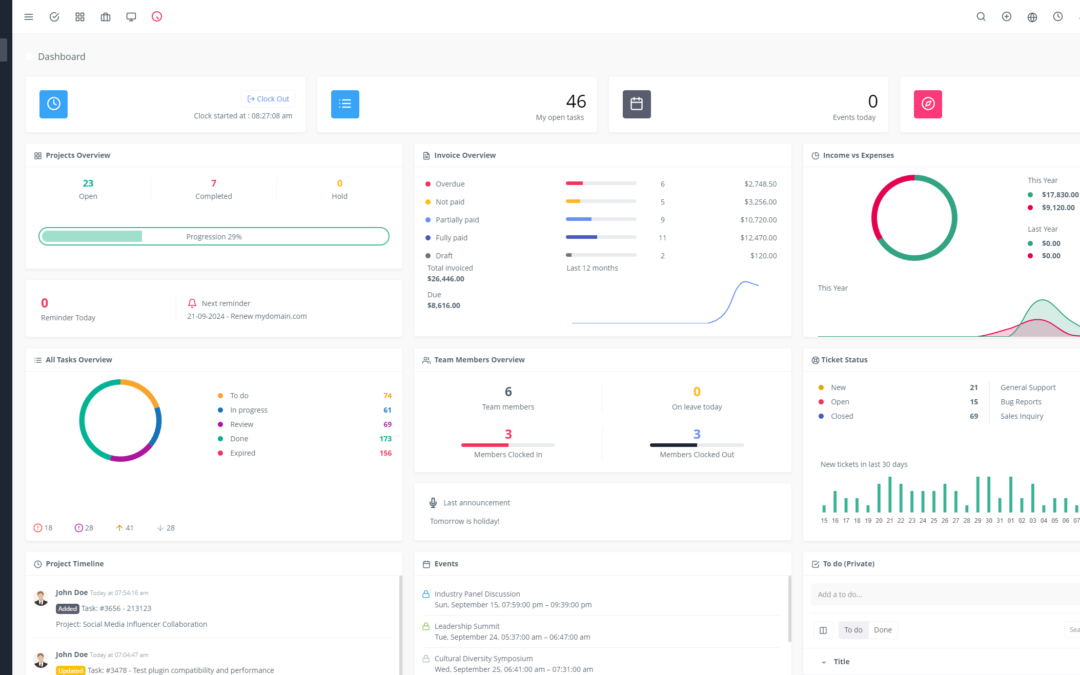Switching real estate CRMs is a significant decision that can bring numerous benefits, but also presents challenges. To avoid pitfalls and maximize your chances of success, it’s crucial to anticipate potential risks and implement strategies to minimize them.
1. Identify the Risks 🔍
Before diving in, it’s essential to be aware of potential risks associated with migrating to a new CRM:
Hidden Costs: 💸 The total cost of migration can exceed initial estimates, including licensing fees, configuration, integration, training, and support.
Downtime and Impact on Operations: ⏳ Migration can lead to service interruptions, affecting daily operations and productivity.
Data Loss and Migration Issues: ⚠️ Migration errors or compatibility problems can result in the loss of valuable data or incomplete information.
Integration with Existing Systems: 🧩 Ensuring seamless integration with existing systems (like accounting or marketing) is crucial to avoid conflicts and duplication.
User Training and Adoption: 👨🏫 User adoption of the new CRM can be slow if training is insufficient or the interface is complex.
Lack of Customization: 🎨 A standardized CRM might not perfectly meet your company’s specific needs, requiring additional adjustments and development.
Security and Compliance Risks: 🔒 The new CRM must comply with security and compliance standards, guaranteeing the protection of sensitive data.
Performance and Reliability Issues: ⚡️ Performance or reliability problems can lead to service interruptions and user frustration.
Lack of Support and Documentation: 🆘 Insufficient technical support or documentation can complicate problem resolution and effective CRM use.
Choosing the Wrong CRM: ❌ Selecting a CRM that doesn’t align with your specific needs can lead to inefficiencies and frustrations.
2. Minimize Risks and Maximize Success 🏆
To equip yourself against these challenges, here are some key steps to follow:
Vendor Evaluation and Selection: 🕵️ Conduct thorough research, compare solutions, and choose a reliable vendor that meets your requirements.
Migration Project Planning and Management: 🗓️ Develop a detailed migration plan, define roles and responsibilities, and schedule the different phases.
Stakeholder Communication and Engagement: 🗣️ Communicate clearly with the involved teams, engage them in the process, and gather their feedback.
Adequate Training and Documentation: 📚 Offer comprehensive training and clear documentation to facilitate adoption of the new CRM.
Thorough Testing and Validation: 🧪 Implement rigorous testing before launch, ensuring the CRM functions properly and meets your needs.
Risk and Issue Management: ⚠️ Plan for workarounds and issue management processes in case of unforeseen circumstances.
Post-Migration Support and Assistance: 🆘 Provide ongoing technical support and assistance after migration to address questions and solve problems.
Results Tracking and Evaluation: 📈 Monitor the new CRM’s performance, assess its impact on the company, and adjust the strategy if necessary.
Continuous Adaptation and Optimization: 🔄 Don’t consider migration as an end in itself. Adapt the CRM to your evolving needs and optimize it to maximize efficiency.
Exit Strategy in Case of Failure: 🆘 If the migration doesn’t go as planned, it’s important to have an exit strategy to minimize damage and revert to the old system.
Conclusion:
Migrating to a new real estate CRM can be a complex process, but by anticipating risks and following a strategic approach, you can maximize your chances of success.
Remember: Effective communication, meticulous planning, and efficient risk management are essential for a successful migration and to fully benefit from the advantages of a new real estate CRM.

